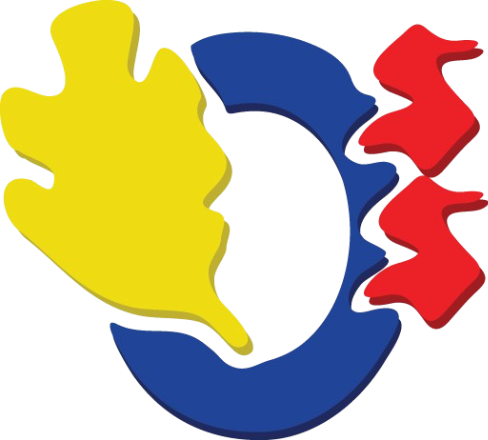Circular Motion
Uniform Circular Motion:
When an object moving with constant speed has a path along a circle with radius r.
Period and Frequency
- Period (T): the time taken for one complete revolution, measured in seconds (s)
- Frequency (f): the amount of complete revolutions done in one second, measured in Hertz (Hz)
- The period and frequency of rotations are inversely proportional: T = 1/f
Position and Speed
- There are two ways to find the distance travelled by an object moving along a circular path:
- The angle the body has covered, θ, starting from a given point (could be degrees or radians)
- The length of the circular path travelled, s, starting from a given point: s = θr (where θ is the angle in radians)
Distance on a Circle
- The rate of change of position on the circle (length of the arc covered in a specific amount of time)
- v = 2πr/T, because v = s/T where s = 2πr (when the object completes one circle)
- The direction of velocity is always tangent to the circle at the object's location
Velocity (v):
- The rate of change of the angle covered by the object (measured in radians per second)
- ω = Δθ/Δt, or for one complete circle: ω = 2π/T
- Hence, v = ωr
Angular Velocity (ω):
Centripetal Acceleration
- As the direction of velocity is constantly changing for a body moving around a circle, it has acceleration
- This acceleration is called the centripetal acceleration (a):
- a = v2/r
- a = ω2r
- a = 4π2r/T2
- The change in velocity points towards the center of the circle, hence the centripetal acceleration also points towards the center of the circle
Centripetal Force
- "Force" responsible for the centripetal acceleration, F = mv2/r
- Acts perpendicular to the velocity
- Causes the body to change direction and accelerate even though the speed is constant
- Represents a net force and itself is not a real force (i.e. it is always provided by other forces, such as tension forces, frictional forces, normal forces, etc.)

 Physics
Physics